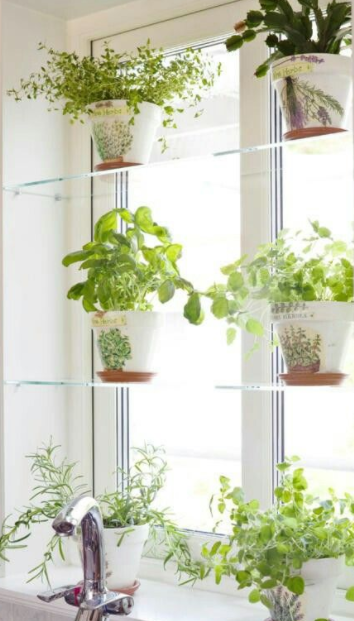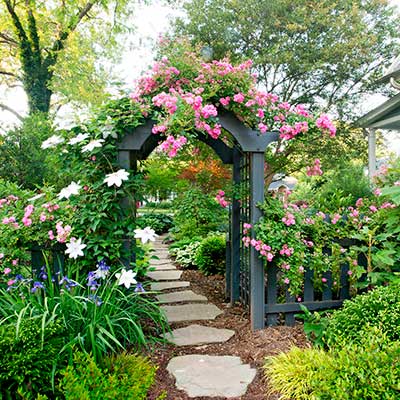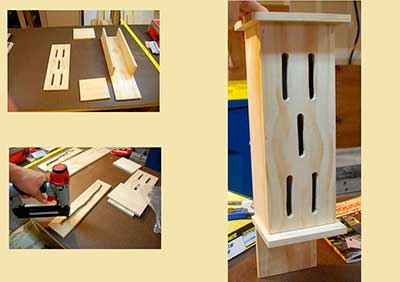Developing your own herbs inside is an incredible method to add flavor to your cooking and set aside cash simultaneously.
Kitchen remodel service Cincinnati, OH listed the best herbs to develop inside and some helpful hints for making an indoor spice garden.
 Basil
Basil Basil is a well known spice, especially in Italian food. It matches well with tomatoes and can be utilized in pasta sauces and pesto.
Basil adores warmth and brilliant light, so it will develop well inside on a kitchen windowsill.
To guarantee a consistent gracefully of Basil, plant another clump of seeds like clockwork.
Basil can likewise be engendered from a cutting set in a glass of water.
Chives
Chives are an onion-seasoned spice that is mainstream in egg dishes and toppings.
The individual leaves can be cut off with scissors or the entire plant can be curtailed.
Try to leave at any rate 2 inches (5 centimeters) of development with the goal that the plant can regrow.
Cilantro (Coriander)
Cilantro is a mainstream spice utilized in Asian, Mexican and Indian dishes.
It very well may be developed inside from seed or seedling however it doesn't develop well from cuttings.
The best spot to develop Cilantro is in a brilliant spot with circuitous light.
Cilantro plants just live for a couple of months yet they re-seed without any problem.
Marjoram
Marjoram is a Mediterranean spice that is comparative in taste to Oregano.
It's typically developed as a yearly when planted outside, yet when developed inside it can live for a considerable length of time.
Marjoram develops best in a radiant spot with very much depleted soil and the plants can be squeezed back normally to abstain from getting too enormous and woody.
Mint
Spearmint and Peppermint are famous herbs that can be utilized in sauces, beverages and tea.
Mint is anything but difficult to develop inside and it flourishes in splendid light.
It's a quickly developing spice and the leaves can be taken out as required.
Oregano
Oregano is a piece of the mint family and is well known in Mexican, Italian and Middle Eastern cooking.
The stems can be cut off and the leaves stripped to add to sauces and soups.
Singular leaves can be picked as required.
Tips for Growing Herbs Indoors
Plant your herbs in pots or compartments with a lot of openings in the base for good seepage.
Utilize a natural well-depleting preparing blend.
Develop every spice in a different pot.
Spot a saucer or plate underneath your pots to shield your windowsill or kitchen seat from water harm.
Find your herbs on a bright windowsill or some place with sufficient light. Most herbs need at any rate six hours of light every day to develop well.
Pivot your plants consistently to forestall them developing towards the light and give them some time outside in full sun once in a while.


